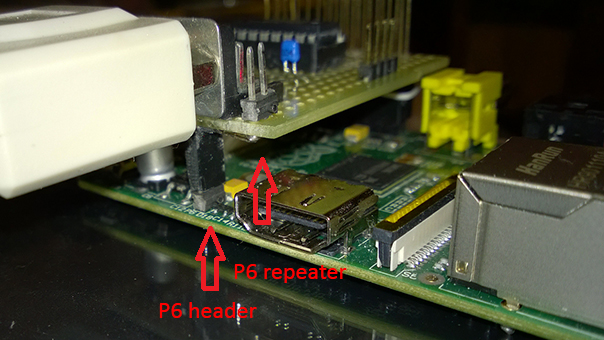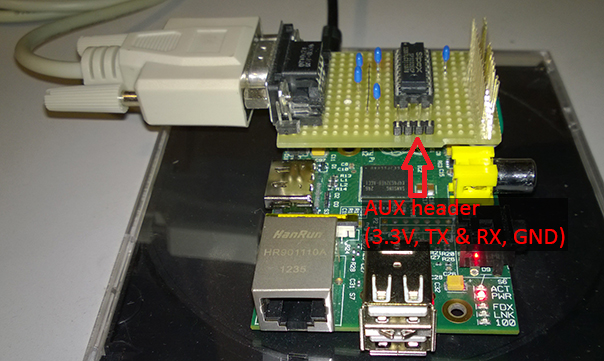Dynit ( formerly Dynamic Italia ) is a well known name if you’re Italian and you like watching anime. If you’re a fan of “a certain director” [1], then you’ll surely know this name even better: Aim for the TOP! GunBuster, Neon Genesis Evangelion, Evangelion Death & Rebirth, The End of Evangelion, His and Her Circumstances have all been distributed in Italy by Dynit.
Dynit ( in precedenza Dynamic Italia ) è un nome abbastanza noto agli italiani a cui piace guardare anime. Se si è fan di “un certo regista” [1], allora è un nome che si conosce anche meglio: Punta al TOP! GunBuster, Neon Genesis Evangelion, Evangelion Death & Rebirth, The End of Evangelion, Le situazioni di Lui & Lei sono stati tutti distribuiti in Italia da Dynit.
However, high-speed broadband connection actually altered the anime market ( also the manga market, but less ) and a lot of people everyday are downloading or watching in streaming copyright-protected shows instead of buying them.
Of course there are some exceptions, like fansub groups distributing subbed anime in countries were official distribution has not started yet… or never will, for a variety of reasons.
D’altronde, le connessioni a banda larga ad alta velocità hanno cambiato considerevolmente il mercato degli anime ( nonché il mercato dei manga, sebbene di meno ) e un mucchio di gente ogni giorno scarica o guarda in streaming show protetti da copyright invece di acquistarli.
Ovviamente ci sono delle eccezioni, come i gruppi di fansub che distribuiscono anime sottotitolati in quei paesi dove la distribuzione ufficiale non è ancora avvenuta… o mai inizierà, per i motivi più disparati.
When describing myself, I ( sometimes, depending by the enviroment ) say that I’m an ‘EVA-geek’ and that’s actually true. Although not my favourite serie ( but hold a very fair 2nd place after Full Metal Panic! ), I really like Evangelion ( EVA in short ) and is one of the serie some of my friends and I often like to talk about when we meet.
I already bought some EVA-related products, like miniatures and a three manga ( Angelic Days and Campus Apocalypse, currently reading Shinji Ikari Raising Project ) but I didn’t bought any video… until recently. After all, in these days, buying a pricey DVD is not a really smart move. I bought a pair of DVDs this year, but it was an eBay offer at a bargain price.
So, while I’m currently waiting for some of my favourite series to be distributed here in Italy on BD, the New Theatrical Release of Evangelion ( formerly known with its project name “Rebuild of Evangelion” ) has been available for a while.
Uno degli aggettivi che ( talvolta, a seconda del posto in cui mi trovo ) uso per descrivermi è ‘EVA-geek’ ed effettivamente è vero. Sebbene non sia la mia serie preferita ( si posiziona ad un buon secondo posto dopo Full Metal Panic! ), Evangelion ( in breve EVA ) mi piace davvero tanto ed è uno degli argomenti ricorrenti durante le conversazioni con alcuni miei amici quando ci incontriamo.
Ho acquistato alcuni prodotti relativi ad EVA, come miniature e manga ( the Iron Maiden 2nd e Cronache degli angeli caduti, mentre sto leggendo Shinji Ikari Raising Project ), ma non avevo ancora comprato alcun video… fino a poco tempo fa. Dopo tutto, di questi tempi, spendere abbastanza soldi per un DVD non è una cosa molto furba. Ho acquistato un paio di DVD quest’anno, ma era un’offerta su eBay ed il prezzo era veramente basso.
Quindi sebbene sia in attesa che alcune delle mie serie preferite vengano distribuite in BD qui in Italia, la Nuova Versione Cinematografica di Evangelion ( nota in precedenza con il nome di progetto “Rebuild of Evangelion” ) è disponibile da un po’.
Then, after a brand new Sony BD player, the second BD I bought was Evangelion: 1.11 – YOU ARE (NOT) ALONE.
Quindi, dopo un lettore BD Sony nuovo, il secondo BD acquistato è stato Evangelion: 1.11 – YOU ARE (NOT) ALONE.

In an usual EVA-way, the movie has two titles, an English one { Evangelion: 1.11 – YOU ARE (NOT) ALONE } and a Japanese one { ヱヴァンゲリヲン新劇場版:序 [ Evangerion Shin Gekijōban: Jō ( Evangelion New Theatrical Release: Beginning ) ] }, the first one intended for the export market, the second one for the internal Japanese market.
Three version of the New Theatrical Release, also called New Movie Edition ( NME in short ), exists: 1.0 was the one released in Japanese theatres, 1.01 is a lower quality DVD / BD release made using the film with really minor improvements while 1.11 has been digitally produced and includes also some scenes that aren’t on the first two.
In the US market only 1.01 is available on both DVD and BD, while in Europe / Italy usually 1.11 is available ( or both, go figure why, probably as collectors’ items ).
Come al solito quando si parla di EVA, il film ha due titoli, uno inglese { Evangelion: 1.11 – YOU ARE (NOT) ALONE } e uno giapponese { ヱヴァンゲリヲン新劇場版:序 [ Evangerion Shin Gekijōban: Jō ( Evangelion Nuova Versione Cinematografica: Prologo ) ] }, il primo per l’esportazione, il secondo per il mercato interno Giapponese.
Esistono tre versioni della Nuova Versione Cinematografica, chiamata anche New Movie Edition ( in breve NME ): 1.0 è stata quella proiettata nei cinema giapponesi, 1.01 è la versione DVD / BD di “bassa qualità” realizzata usando le pellicole con alcuni piccoli miglioramenti mentre 1.11 è la versione prodotta in digitale e include anche alcune scene non presenti nellle prime due.
Nel mercato USA è disponibile solo 1.01 sia su DVD che su BD, mentre in Europa / Italia è solitamente disponibile 1.11 ( o entrambi, non si sa bene perché, probabilmente per motivi di collezionismo ).
The Italian edition is pretty standard, a single disc for both the movie and the extras.
The booklet is really well done, about three feet long with lot of informations on the story, the characters, the development and other things.
L’edizione italiana è abbastanza standard, un singolo disco contiene sia il film che gli extra.
Il libretto è fatto veramente bene, lungo circa un metro con davvero tante informazioni sulla storia, sui personaggi, sullo sviluppo, ecc.


The movie is in Full-HD 1080/24p format, with DTS-HD audio in both Italian and Japanese. Two sets of Italian subtitles are available: signs and writings only or signs and dialogues.
The extras are in 1080i format and include mainly trailers and teasers. The two most notable exceptions are Rebuild of Evangelion: Shiro Sagisu Version ( and the parallel Joseph-Maurice Ravel Version ), in which various animation processes are shown, and Explanation of Evangelion: 1.01.
Explanation of Evangelion: 1.01 actually is the entire Evangelion: 1.01 movie in 720p format with lot of Italian permanent subtitles with descriptions, explanations and more.
Il film è in formato Full-HD 1080/24p, con audio DTS-HD in italiano e giapponese. Sono disponibili due set di sottotitoli in italiano: solo cartelli e scritte, oppure cartelli e dialoghi.
Gli extra sono in formato 1080i e includono principalmente trailer e teaser. Le due eccezioni degne di nota sono Rebuild of Evangelion: Shiro Sagisu Version ( e l’analoga Joseph-Maurice Ravel Version ), nella quale vengono mostrate varie sequenze di creazione delle animazioni, ed Explanation of Evangelion: 1.01.
Explanation of Evangelion: 1.01 è effettivamente l’intero film Evangelion: 1.01 in formato 720p con un numero impressionante di sottotitoli permanenti con descrizioni avanzate, spiegazioni e altro ancora.
With the increased interactivity of DVDs at the end of the last century and the increased capacity of today’s BDs, the world of animation can surely deliver to the viewer a lot of other extra contents other than the mere movie, or the serie’s episodes.
Considering that, although being a simple single disc release, it’s well done and it’s really worth buying it.
Con l’aumento di interattività dei DVD alla fine del secolo scorso e l’incremento di capacità dei BD di oggi, il mondo dell’animazione è decisamente in grado di fornire allo spettatore una gran quantità di contenuti extra invece del mero film o dei semplici episodi di una serie.
Alla luce di ciò, sebbene sia un’edizione a disco singolo, è realizzata bene ed è un valido acquisto.
1 – Seriously, you didn’t catch? | Davvero non l’avete capito?
Bye






No Comments